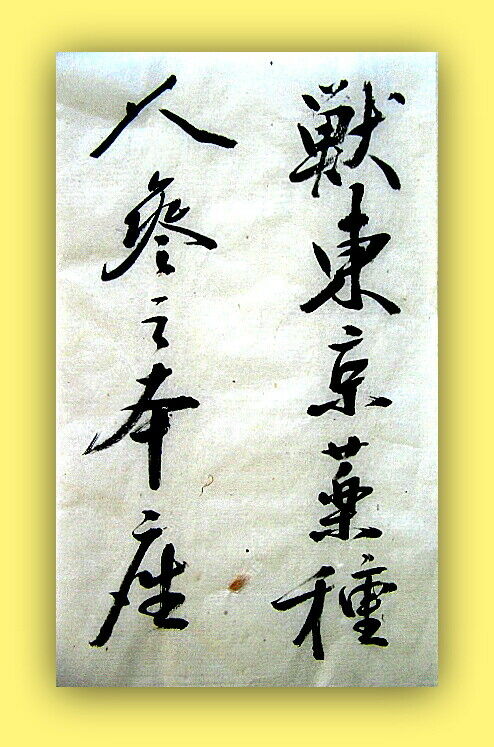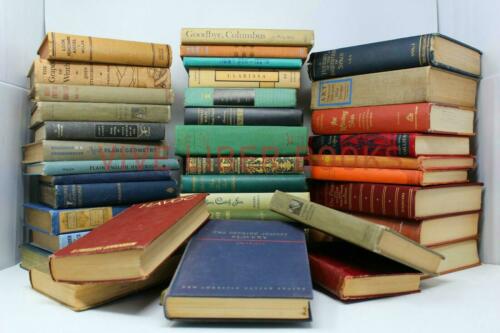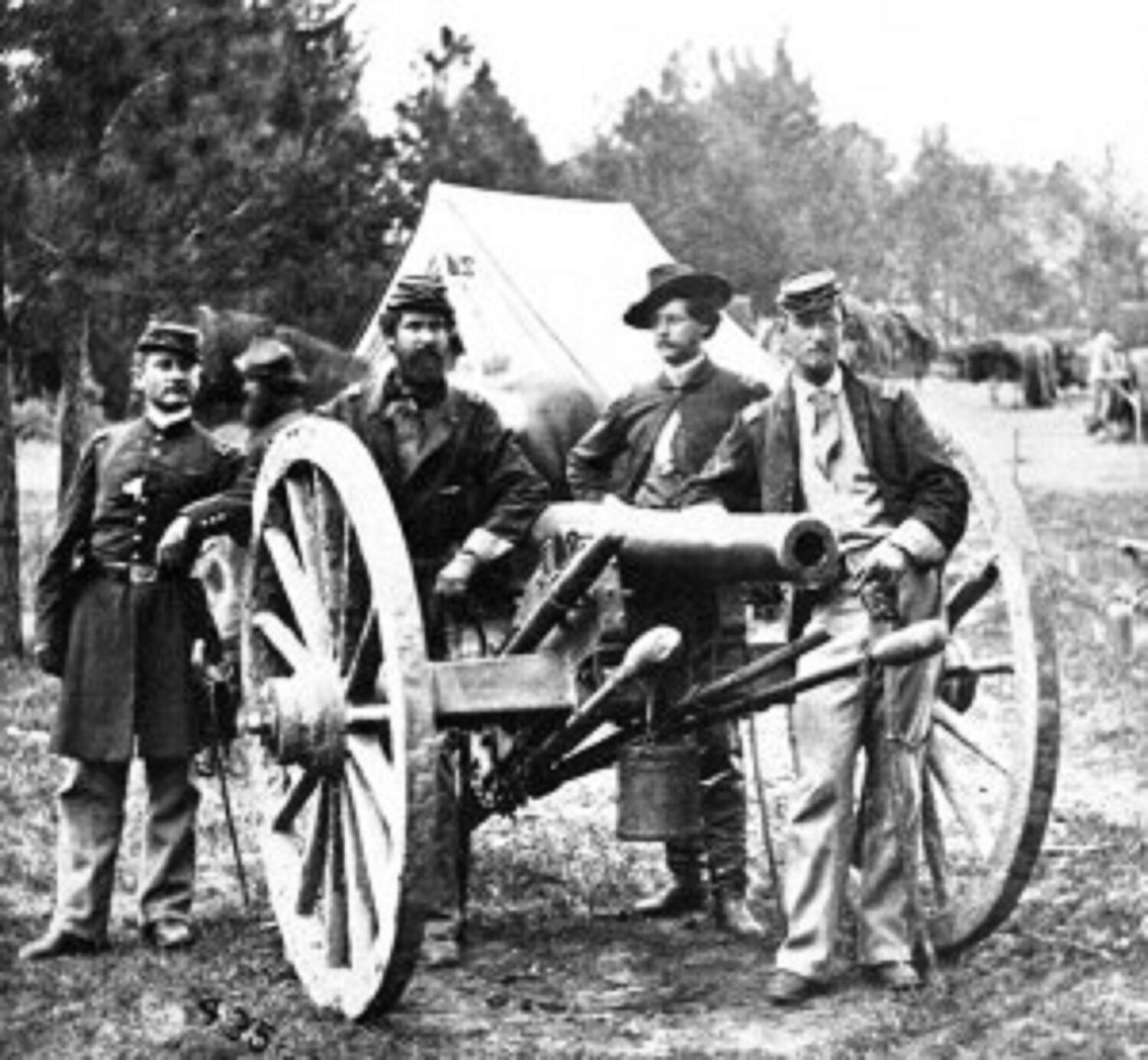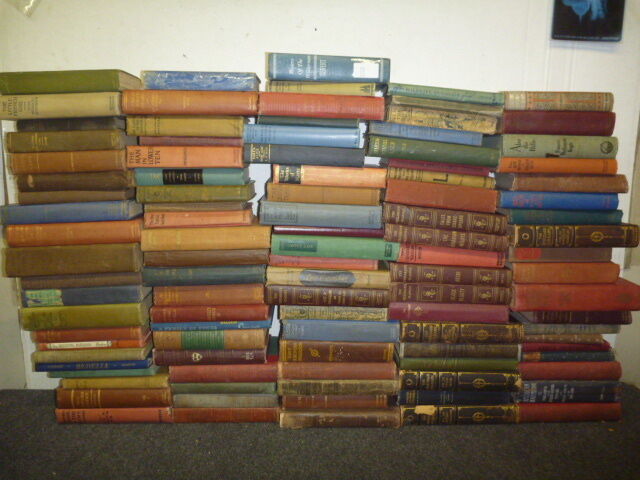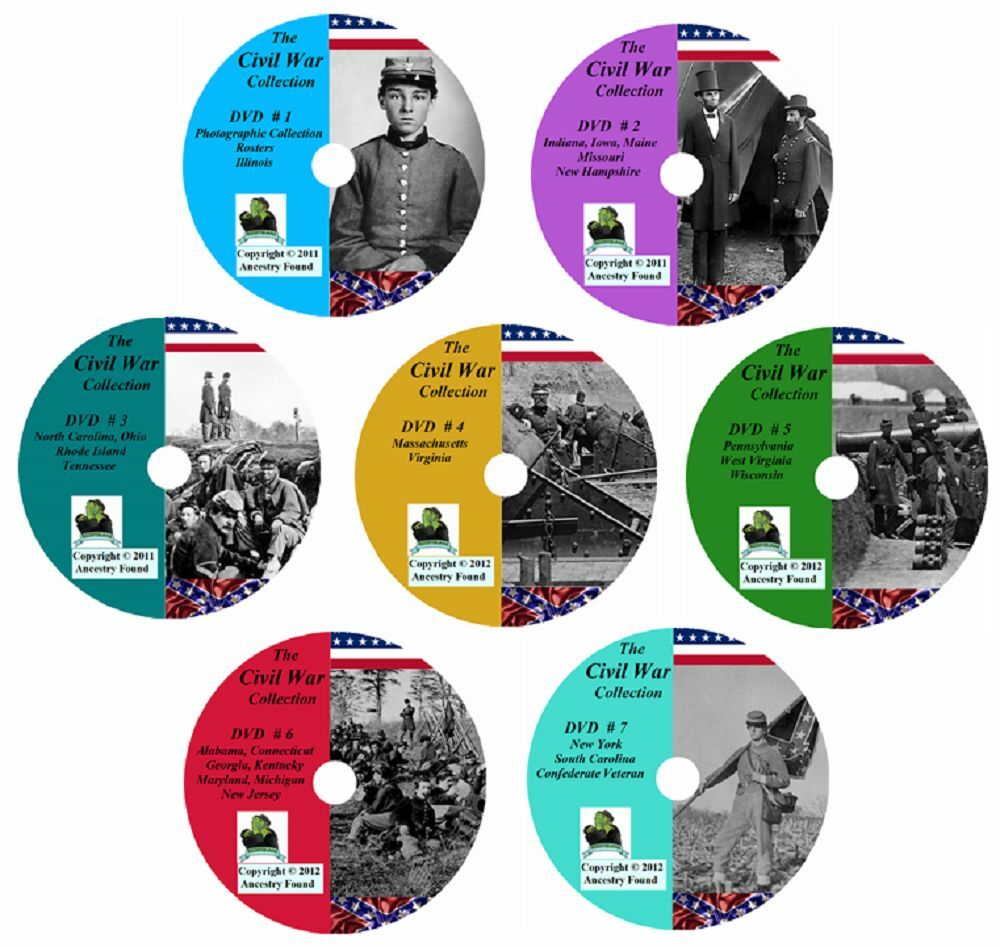-40%
Traditional Japanese Medicine Manuscript,Seikotsu-jutsu,Handcolored, around 1600
$ 0.52
- Description
- Size Guide
Description
TraditionalJapanese
M
edicine Manuscript
TOKUGAWA SCHOGUNAT
Osaka
,
around
1600
Seikotsu-jutsu
Handcolored
RAR
Traditional
Japanese
medicine
is
medicine
in
Japan
,
which
emerged
in
the
dialogue
with
Chinese
,
Korean
,
and
since
the
early
modern period
of
also
of
Western
medicine.
*** Anatomical
representations- Handcolored ***
Material
:
Thin
rice paper
Content
:
Japanese
Anatomy
(unique)
Seikotsu-jutsu
Origin:
Japan, Prefecture Ōsaka-Sakai-shi
Tokugawa dynasty
*** Handcolored ***
#
The
breakthrough
precision
of the
anatomical
representations
in
these
works
is based
on
direct
observations
of
bodies
found
on
the
execution sites
.
Some
representatives
of
Japanese
osteopathy
surpassed
even
the
contemporary
doctors
of
Western
orientation
in
the
precision
of
its
representation #
Comparative studies on folk medicine in East Asia, to the Shintoism as traces of ancient healing practices in folk medicine suggest that the people in the Japanese archipelago before the Nara period operated shamanistic practices and purification ceremonies.
Some of the few herbs that they had used, were merely symbolic purposes.
In the oldest work on the history and mythology, appears a little later Chronicle Nihon Shoki and Kojiki Ōkuninushi a deity, the along with the deity Sukunabikona no Kami who wants to heal people and using defensive spells to protect against dangerous animals (also Ōnamuchi or Ōmononushi).
Consultation travel of Korean doctors from the rich Silla, Jingū and Koguryō are available at the beginning of medical relations with the Asian mainland.
Some of them settled down in Japan.
Mid-6th century also direct contacts began according to the tradition, with the arrival of the monk Zhì Cōng which should have brought 164 medical works, the Chinese Empire.
The episode resulted in thirteen official Japanese Embassy (kentōshi).
In the creation of State structures in the 7th and 8th century, Japan focused on China in medicine and the Organization of the Medizinalwesens.
Divorce medical disciplines and those associated institutions reflected Chinese models.
It came to the creation of an imperial Health Office (ten'yakuryō), which was responsible only for the Court and the nobility.
In 787 became the 'new Materia Medica sponsored by the Chinese Imperial House' (Xīnxiū Běncaǒ, 659) in the Japanese health official to the mandatory text, but many of the described 844 funds were not available in Japan.
During the Kamakura period (1192-1333) with their so different from the Chinese officials State military-oriented structure, the gap with China grew also in medicine.
The contacts remained, but dominated as Buddhist monks in the transfer of medical knowledge.
The Zen priest Myōan Eisai (1114-1215), which brought the tea drinking and the 'little meals' to Japan and himself with the font Kissa yōjōki is worth mentioning here among other things (life care by tea ') made a name.
He direction of Ritsu relatives monk Ninshō (1217-1303) founded a hospital, which included also a Leprasorium in Kuwagaya (Kamakura) with the support of the Government.
Here 46,800 patients should be treated in the following two decades.
Thanks to such activities of Buddhist temples, also supplying the general population improved.
Fonts extend that by Kajiwara Shōzen (1266-1337) written works 'Brief summary of medicine' (sound ishō) and 'Safe recipes' (it ' anpō) out.
The former is written to promote the dissemination in the kana syllabary.
About you ' anpō arrived including the anatomical lessons of Cunxin huan zhong tu ('illustration of the internal organs and vessels, 1113) to Japan.
At the same time, Kajiwara introduced a Japanese terminology in its treatment of leprosy.
Remarkably, his observations to the diabetes mellitus are next.
Tashiro Sanki (1465-1537) was the next stronger pulse (1486-1498) after a twelve-year stay in China.
There he had the medicine of the Jin dynasty (Jurchen dynasty also, 1125-1234) and met the Yuan dynasty, which dominated the teachings of physician Lǐ Gǎo (1180-1251) and zhū Dānxī (1281-1358).
The former is known for his 'treatise on spleen and stomach' (Pí of urgently lùn, 1249).
Li and Zhu represent invigorating treatments and paid special attention in their theoretical foundation of the relationship between the body and the environment, i.e. the way of life.
Here at the same time, we find a close link to the of zhū Xī (1120-1200) represented Neo-Confucianism, which became the Kingdom of Korea after Japan.
In the 17th century a treatment direction called Seikotsu-jutsu (osteopathy) came up, which dealt exclusively with sprains, bruises, dislocations and fractures.
Especially the 'pattern of osteopathy' are remarkable 'New book of osteopathy' (Seikotsu han) of Ninomiya Genka (1754-1827), (Seikotsu Shinsho by Kagami Bunken (1755-1819) and the 'compendium of osteopathy' (Seikotsu Yōketsu) of Yoshiwara Gentō.)
The ground-breaking precision of the anatomical representations in these works is based on direct observations of bodies found on the execution sites.
Some representatives of Japanese osteopathy surpassed even the contemporary doctors of Western orientation in the precision of its representation.
Hoshino Ryōetsu (1754-1802) examined the human bone structure in many sections and made an epoch-making wooden skeleton in 1798.
Kagami Bunken had already presented pictures in the Seikotsu Shinsho, which were possible only through intense observation.
He dissected then the corpse of an executed woman and published the results in the year 1800 as 'Simple illustration of the inner landscape of a woman' (Fujin naikei no ryakuzu).
In addition, he collected human bones and settled in 1819 make a wooden skeleton.
Addition, there were several publications, where he spread his methods of treatment for joint injuries and other diseases.
After the Meiji reforms (1868), the so-called Jūdo therapy grew out of this tradition, and also Japanese orthopedists of the pro-Western orientation taken by one of its roots here.
They
offer
on
this
Original
T
raditional
Japanese
M
edicine Manuscript "
Seikotsu-jutsu"
Osaka
,
around
1600 !!!
*** Handcolored ***
UNIQUE---
RARELY

